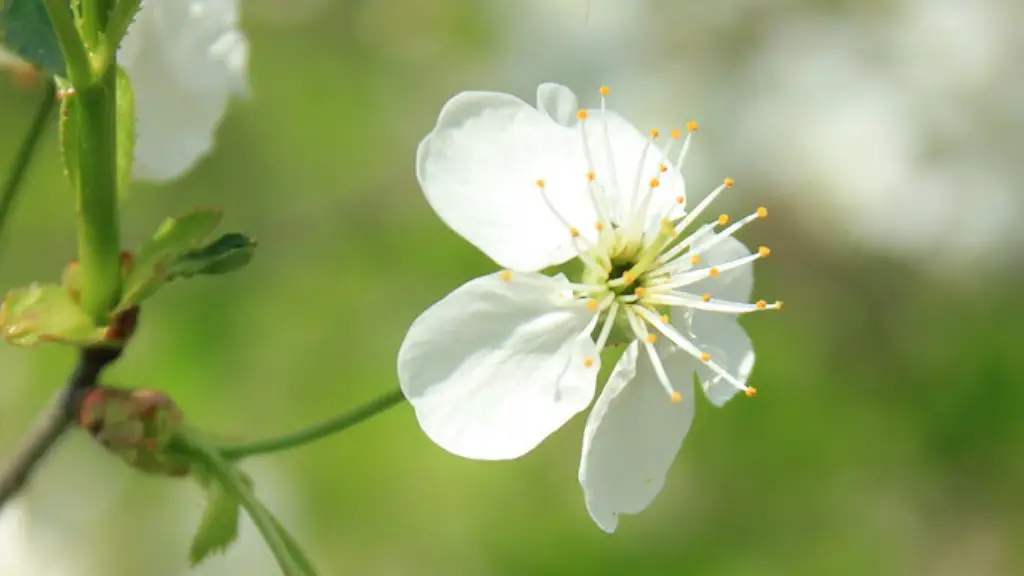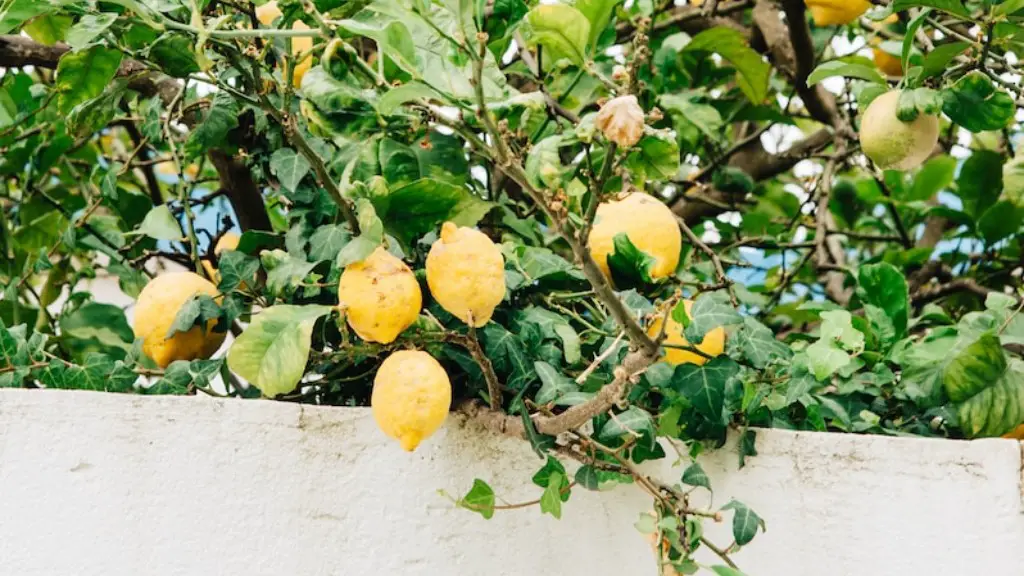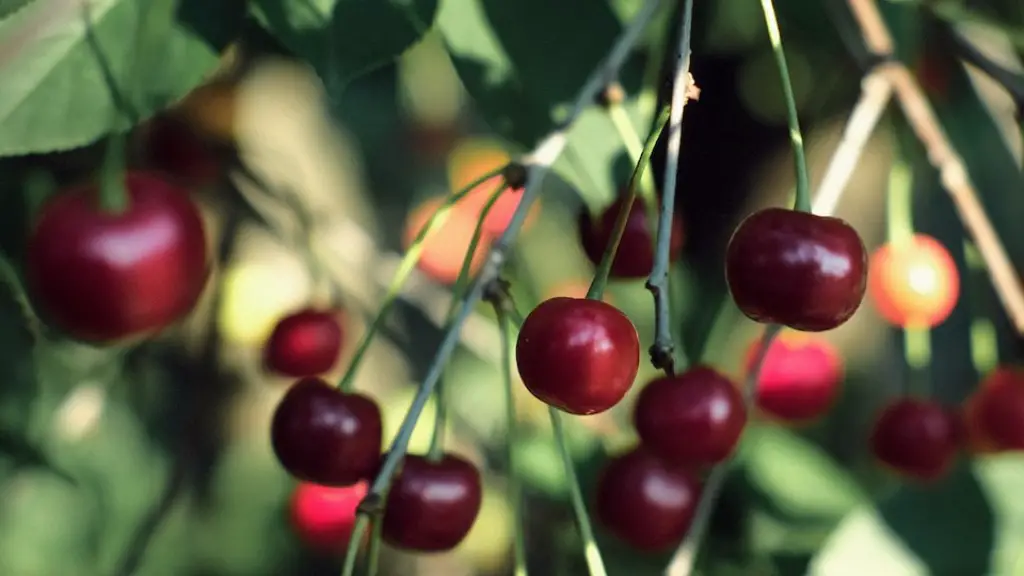Step by Step instructions
Palm trees hold a certain fascination for those of us who dreamed of far-away destinations, full of lush palms swaying in the wind. With the right information and a little patience, you too can grow your own palm tree from seed inside your own home.
The first thing to consider is selecting the right type of palm. It’s important to pick one that’s suitable for the amount of light and size of space you have available in the home. Another consideration is the climate in which you live, as not all palm species can tolerate cold or dry climates.
To increase the chances of success, it’s best to plant freshly harvested seeds. If you’ve purchased them they should be no more than a year old. If you cannot get freshly harvested seeds, soak them in warm water for a day before sowing.
Preparing the Pot and Soil
Ground up charcoal is an excellent way to help preserve the moisture of the soil, as well as resistant to fungal diseases. Mix with potting soil, vermiculite and a bit of sand to give additional drainage. Once the pot is filled, take an old skewer, chopstick or small wooden dibble to make a hole for the seed.
Now it’s time to add the seeds. Place them in the hole, gently pushing them down. Cover them with a layer of soil not more than a centimeter in thickness.
Watering and Caring
Keep the soil uniformly moist but not wet. It is important to keep the soil moist as the seed can dry out quickly, a humidity tray or dome can help do this. Place the plant in a sunny spot and make sure it is watered regularly.
You should see sprouts in four to six weeks. Once the seedlings have emerged, reduce the amount of water you give the plants to avoid overwatering, or undue fungal growth.
Transplanting
Once the seedlings have reached five or six centimeters tall. They will need repotting, with careful attention to not damage the seedling’s tender root systems. After the palm has reached a height of 8-10 inches, it should be transplanted again, but this time into a pot with adequate drainage available.
Fertilization and Pruning
As your palm tree matures, it will need fertilizing. Fertilization may be necessary just once a year. Make sure to follow the instructions given on the fertilizer packet for best results. Pruning your palm may also need to be done during the tree’s growing period. This should be done with pruning shears that are sharp to minimize any damage to the tree.
Re-potting
As your palm continues to grow, it may need to be re-potted every two to four years. When re-potting, make sure to use a pot that is one size larger than before. Make sure to handle the roots lightly to avoid damaging them during the move.
Protection From Frost
Frost can be very damaging to all but the hardiest of palm trees. If you live in an area that has cold winters, take extra precautions to protect your palm. Move it away from drafts and cover it in plastic to protect it from any freezing temperatures.
General Cleanliness
Make sure to keep your palm tree clean and free of dead leaves and debris. Remove any dead leaves or shrivelled up flowers to avoid fungal infestation and keep the tree healthy.
Preventing Pests
Pests such as mealy bugs, white fly, scale insects and aphids can be a problem with indoor palm trees. Make sure to keep an eye out for pests and if spotted, treat with an insecticidal soap.
Balancing Water Supply
Too little water supply can cause the leaves to become dry and crispy, while too much can cause root rot. Make sure to keep an eye on your tree’s water source and adjust it according to the season.
Successful Repotting
Once re-potting becomes necessary, it’s best to repot in spring or summer. This is because there is more sunlight available and the palm tree’s need of extra water is greater. Make sure to use soil that is well-draining and use peat moss to improve water retention.
Acclimatizing Outdoors
If you eventually wish to move your palm tree outdoors, it’s best to gradually move it out. Too much of a difference between indoor and outdoor temperatures and humidity can cause the tree to go into shock. Start by placing it in a shaded area and slowly move it to more sunlit parts of the garden.
Ensuring Optimal Growth Conditions
Your palm tree will need at least six hours of sunlight a day. To ensure optimal growth and development, make sure that there is good airflow throughout the room which will help to reduce the risk of fungus and other plant diseases.
Conclusion
Growing a palm tree indoors may seem a daunting task at first, but with the right information and a bit of patience, you too can have a lush and beautiful palm thriving in the comfort of your own home. Make sure to use the right type of seed for the climate you live in, and follow the other tips and advice given above. With some effort and three to four months of caring, you can make your home a tropical paradise.



